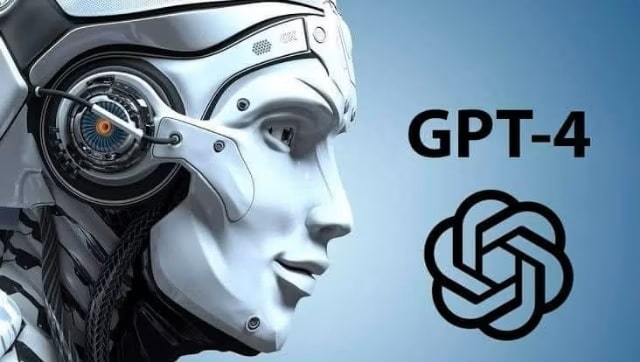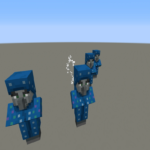OpenAI has unveiled GPT-4, the latest iteration of their advanced AI language model. This new generation of technology is set to take natural language processing to the next level, offering even more advanced capabilities and possibilities for machine learning and language processing applications.
According to OpenAI, GPT-4 has been designed to minimize the occurrence of factual errors in its responses. In fact, the company asserts that the model outperforms humans in several standardized tests, showcasing its superior language processing capabilities and accuracy.
OpenAI, the San Francisco-based research company, has recently introduced GPT-4, the latest iteration of its powerful large language model. This advanced technology is used in various key applications like ChatGPT and the newly updated Bing search engine. The company highlights that GPT-4 is more sophisticated than its predecessor, trained on a larger amount of data and hence, more expensive to operate.
OpenAI claims that GPT-4 is exceptionally creative and collaborative, enabling it to solve complex problems with greater precision. It can assist users in generating, editing, and refining creative as well as technical writing tasks. Additionally, the latest model is also equipped to comprehend and respond to both images and text, further expanding its capabilities.
In a recent research blog post, OpenAI stated that they spent six months refining GPT-4, incorporating insights from their adversarial testing program and ChatGPT. As a result, the latest iteration of their language model has shown improved performance in terms of factuality, steerability, and adherence to guidelines. However, the company acknowledges that the model is not perfect and there is still room for further advancement.
With its advanced capabilities, GPT-4 can undertake various tasks such as generating captions, conducting classifications and analyses. Its impressive text-handling capacity of 25,000 words allows for content creation, extended conversations, document search, and analysis. This multi-faceted functionality makes GPT-4 a powerful tool for a wide range of language processing applications.
OpenAI has stated that GPT-4 is designed to minimize factual inaccuracies in its responses, and the model has demonstrated superior performance to humans on various standardized tests. For instance, GPT-4 achieved impressive results, scoring at the 90th percentile in a simulated bar exam, the 93rd percentile in an SAT reading exam, and the 89th percentile in the SAT Math exam. However, OpenAI has also acknowledged that the model has its limitations, including the presence of social biases, hallucinations, and adversarial prompts.
OpenAI has unveiled its latest large language model, GPT-4, which represents an iterative improvement over GPT-3.5. While the differences may be subtle in casual conversations, GPT-4 is more reliable, creative, and better equipped to handle nuanced instructions than its predecessor. Microsoft’s investment in OpenAI has enabled the research firm to use Microsoft Azure to train the new model. The model will be available to paying users of OpenAI’s ChatGPT subscription service and through an API for programmers to integrate into their apps. OpenAI has already partnered with companies such as Duolingo, Stripe, and Khan Academy to integrate GPT-4 into their products. With the increasing importance of generative AI in product development, Microsoft and Google are in a race to achieve AI domination. Microsoft’s interest in OpenAI has positioned it well in this race, putting pressure on Google to deeply integrate artificial intelligence capabilities into its core apps such as Gmail and Docs.
FAQ’s About OpenAI GPT-4
A: GPT-4 is the latest iteration of OpenAI’s advanced AI language model, which is designed to take natural language processing to the next level and offers more advanced capabilities for machine learning and language processing applications.
A: GPT-4 is more sophisticated than its predecessor, trained on a larger amount of data, and designed to minimize factual errors in its responses. It is more reliable, creative, and better equipped to handle nuanced instructions.
A: OpenAI acknowledges that GPT-4 has limitations, including the presence of social biases, hallucinations, and adversarial prompts.
A: GPT-4 can undertake various tasks such as generating captions, conducting classifications and analyses. Its impressive text-handling capacity of 25,000 words allows for content creation, extended conversations, document search, and analysis.
A: OpenAI is offering an API that allows developers to integrate GPT-4 into their apps. It will also be available to paying users of OpenAI’s ChatGPT subscription service.
A: OpenAI has partnered with companies such as Duolingo, Stripe, and Khan Academy to integrate GPT-4 into their products.
A: OpenAI claims that GPT-4 outperforms humans in several standardized tests, scoring at the 90th percentile in a simulated bar exam, the 93rd percentile in an SAT reading exam, and the 89th percentile in the SAT Math exam.







